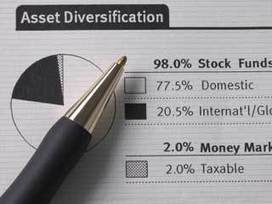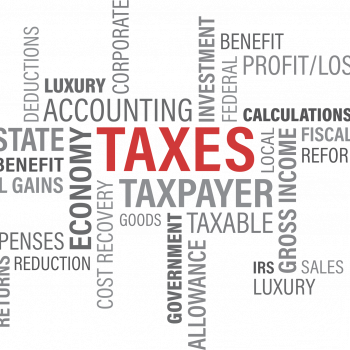
10 financial vocabulary terms to know
- Posted by Peter Anderson
- 0 Comments
By Andrew Housser
It is one thing to have good intentions to get out of debt and build a stronger financial future. It is another thing to put that plan into action. At this time of year, kids are going back to school and buckling down to the books. That makes it a perfect time for adults to take a refresher course of their own on budgeting, credit and debt. Here are 10 financial terms everyone should understand for a passing grade in personal financial management.
Average Daily Balance or Adjusted Balance: Two methods of calculating interest on a loan or debt, such as a credit card. Average Daily Balance tracks the balance daily. That means you start paying interest from the day you make a purchase. You also get credit from the day you make a payment. More favorable to the borrower is the Adjusted Balance. This method adds charges and subtracts payments made during the billing cycle from the balance at the end of the previous billing cycle. Unlike Average Daily Balance calculations, new purchases during the billing cycle are not included in Adjusted Balance calculations. The lender only charges interest on the balance that remains after a payment is credited to the account.
Amortization: The process of gradually reducing debt by making regular payments toward the principal balance and interest charges (such as on a mortgage).
Annual Percentage Rate (APR): The yearly rate lenders charge borrowers to borrow money. It is also called the cost of credit. Before you agree to take out a loan, or open a credit account, the lender is required to tell you what the APR will be. Many credit cards and loans change the APR when interest rates or indexes change. Check the fine print on the back of your agreement or statement to learn what your APR is and if it can change. Note that right now, many people are predicting that the Federal Reserve prime rate will increase within the next few months. If this happens, interest rates are likely to go up. That makes this a great time to work hard to pay down credit card balances.
Bankruptcy: A form of financial protection a debtor seeks when he or she becomes unable to pay debts and has no other payment options. Two methods exist to file for personal bankruptcy. Chapter 7 bankruptcy eliminates most types of debt by liquidating property to pay debts. Any debt owed after liquidation is eliminated. Chapter 13 bankruptcy allows a borrower with a steady income to establish a full or partial debt repayment plan. Repayment typically lasts 36-60 months. Bankruptcy reform several years ago made both types more difficult to obtain, especially Chapter 7. Bankruptcy usually cannot eliminate taxes or alimony, and cannot eliminate student loan debt.
Credit score: A number between 300 and 850 that measures an individual’s creditworthiness based on credit history. Credit bureaus use formulas to evaluate the person’s credit history, how much debt they have, how much credit is available, and whether they pay bills late, on time or not at all. Many financial companies and credit cards now make credit scores readily available. Keep an eye on yours to understand your financial status.
Debt negotiation: The process of resolving debts when a creditor has unmanageable debt (usually more than $15,000 to $50,000) that he or she cannot repay. Companies that offer debt negotiation services will work with creditors to negotiate reduced payments. Meanwhile, the person accumulates funds in an escrow account to repay the creditors. Negotiations can result in debt that is reduced by nearly half, and typically paid off in 24-48 months. However, the process can have a negative effect on credit profiles. It is appropriate for people in severe debt hardship who are struggling to make minimum payments.
Liquidation: Converting assets into cash to pay off creditors. This term often comes up in personal and corporate bankruptcy proceedings.
Non-revolving debt: A debt or loan taken for a certain, fixed amount. Non-revolving debt is repaid on a schedule (amortized). Mortgages, auto loans and many student loans are non-revolving debt.
Revolving debt: A debt account that does not have a fixed (amortized) repayment schedule. Credit cards are generally considered revolving accounts. These accounts require a minimum payment each month. Payments include monthly interest plus a portion of the principal. Borrowers can charge more to add to the debt (up to the credit limit), or pay it down as much as they choose each month.
Repossession: The forced or voluntary surrender of property on which a person owes money, but cannot pay. Foreclosure of a home with a defaulted mortgage is a form of repossession.
Knowing credit and debt terminology will make it easier to understand the language on bank and credit account statements. It also will help you be able to make decisions about your finances and better plan for your future.
Sourced through Scoop.it from: www.wistv.com
There is never a good time to deal with company debt. Understand the terminology is haft the battle.



